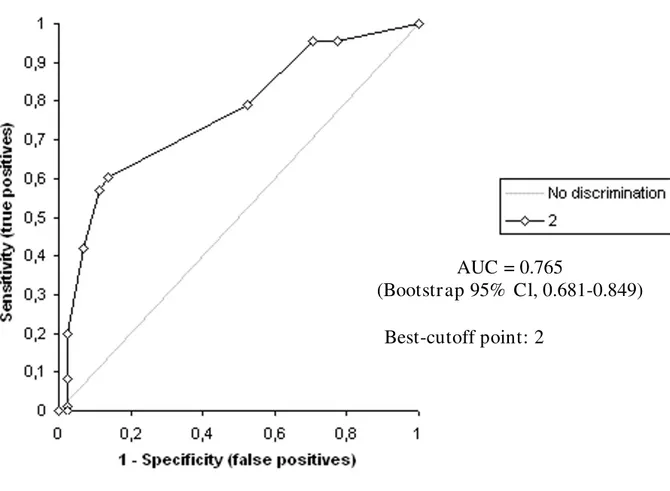The value of ischemia-modified albumin compared with d-dimer in the diagnosis of pulmonary embolism
Full text
Figure




Related documents
MiRNAs might be potent candidates since we demonstrated a differential expression of miRNAs in high-grade serous tubal cancer compared to normal epithelium in BRCA1
The National School of Government will be an important enabler to the implementation of human resource development/training policy in the Public Service through the provision
It was decided that with the presence of such significant red flag signs that she should undergo advanced imaging, in this case an MRI, that revealed an underlying malignancy, which
Also, both diabetic groups there were a positive immunoreactivity of the photoreceptor inner segment, and this was also seen among control ani- mals treated with a
Field experiments were conducted at Ebonyi State University Research Farm during 2009 and 2010 farming seasons to evaluate the effect of intercropping maize with
After successfully supporting the development of the wind power technology, an approach is needed to include the owners of wind turbines in the task of realizing other ways, other
19% serve a county. Fourteen per cent of the centers provide service for adjoining states in addition to the states in which they are located; usually these adjoining states have
bacteria. The percentage of leaves lost by the plants during their development was monitored in both groups. The results are shown in the bar chart. The group marked F-B+ had